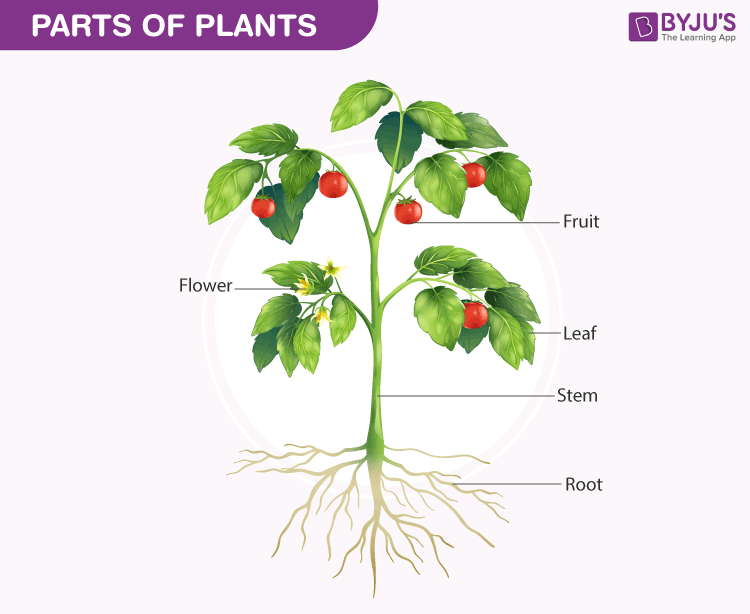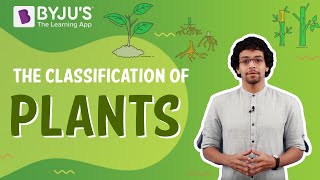R.H.Whittaker classified organisms based on several characteristics. Cellular organization, reproduction, phylogeny, mode of nutrition, etc. are taken into account. Thus, plants and fungi are classified under separate kingdoms.
Plants
Plants are multicellular, eukaryotic autotrophs with a rigid cell wall. They have different parts for support, anchorage and photosynthesis. They have photosynthetic pigment called chlorophyll, and can make their own food. Thus, they are considered as primary producers in an ecosystem.

Fungi
Fungi are also eukaryotes. They include both microscopic (yeast) and macroscopic (mushrooms) organisms. Most fungi are filamentous structures. They have long thread-like hyphae, which form a network called mycelium.
They lack chlorophyll and show a heterotrophic mode of nutrition. They have a vital role in the ecosystem as decomposers. Spores help in the reproduction of fungi.
Extended Reading: Kingdom Fungi

Difference between Plants and Fungi
Plants |
Fungi |
| Plants are autotrophic eukaryotes. | Fungi are heterotrophic eukaryotes. |
| They are producers in a food chain. | They are decomposers in a food chain. |
| Their cell wall is made of cellulose. | Their cell wall is made of chitin. |
| The food is usually stored as starch. | The food is stored as glycogen. |
| Plants have chlorophyll. | Fungi do not have chlorophyll. |
| Most of the plants have roots, leaves and stems. | The fungal body includes hyphae (they interconnect to form mycelium). |
| Sexual reproduction – Fusion of male and female gametes happen to produce offspring.
Asexual reproduction – The two major types are apomixis and vegetative propagation. |
Sexual reproduction – The cytoplasm and nucleus of the two-parent cells fuse to form a gamete. They undergo meiosis to produce spores.
Asexual reproduction – This happens through spores, budding or fragmentation. |
| Plant kingdom classification includes – Thallophyta, Pteridophyta, Bryophyta, Gymnosperms and Angiosperms. | Kingdom fungi includes – Ascomycetes, Zygomycetes, Basidiomycetes, Deuteromycetes. |
| Examples – Coconut tree, Rose plant, etc. | Examples – Molds, Mushrooms, etc. |
Also Read: Differences between Fungi and Algae
Frequently Asked Questions
What is mycology?
The study of fungi is termed mycology. The fungi are eukaryotes that include yeast and mushrooms. The structure and properties of fungi, along with their relationship with other organisms, are explored in mycology.
What are the similarities between plants and fungi?
Both fungi and plants are eukaryotes. They do not show any movement or locomotion. Also, both plants and fungi have membrane-bound nuclei.
Do fungi have chloroplast?
No, fungi do not have chloroplast as well as chlorophyll. They are heterotrophic organisms. Their mode of nutrition can be symbiotic, parasitic or saprophytic. Fungi produce enzymes to break complex organic food into its simpler forms.
What are cryptogams and phanerogams?
Cryptogams and phanerogams are classifications under the plant kingdom. Cryptogams include non-flowering plants such as bryophytes, thallophytes and pteridophytes. Phanerogams include flowering plants like angiosperms and non-flowering plants like gymnosperms.
Also see: Plant Kingdom Classification

Keep Exploring BYJU’S Biology for more exciting topics.
Comments